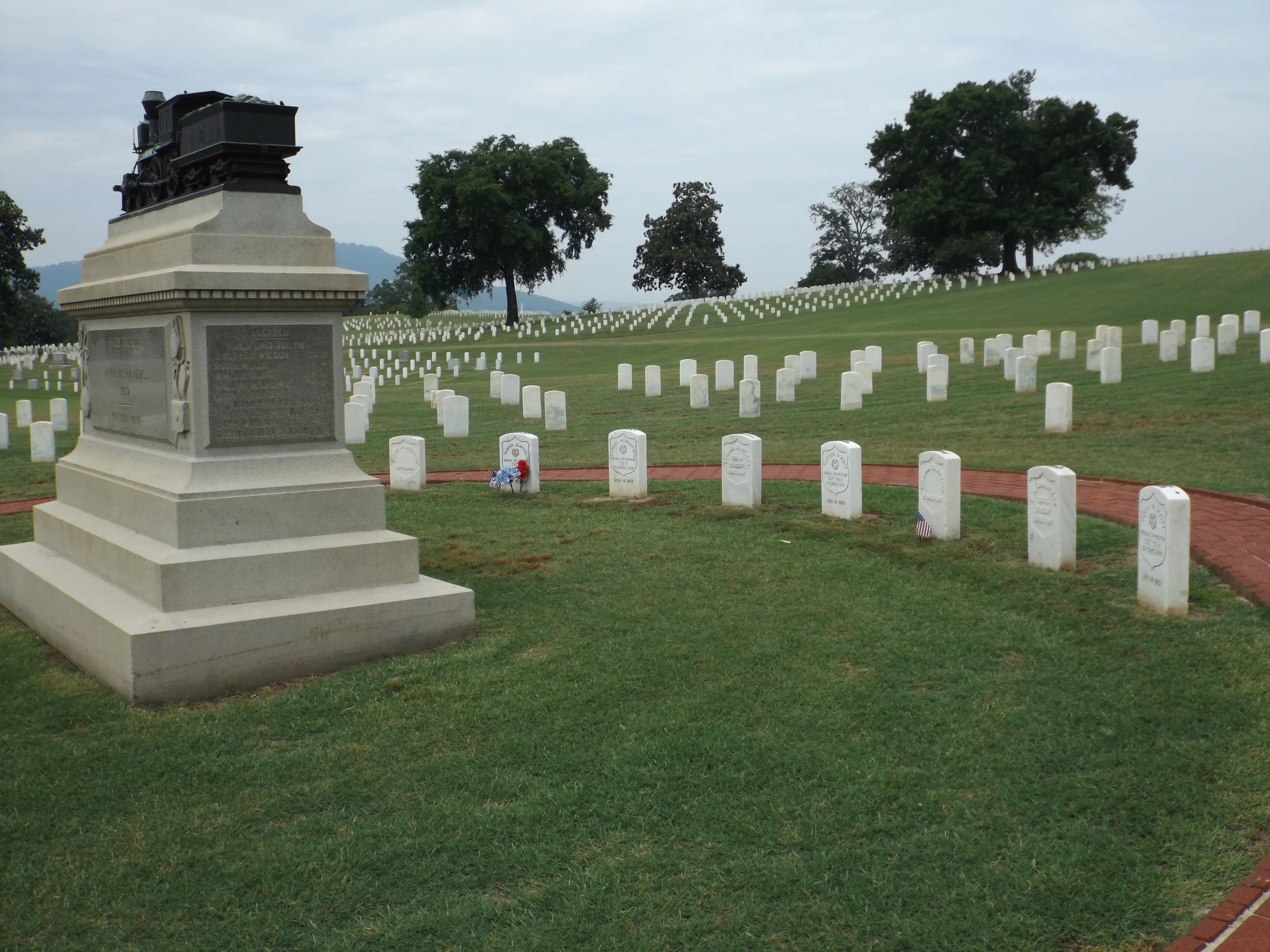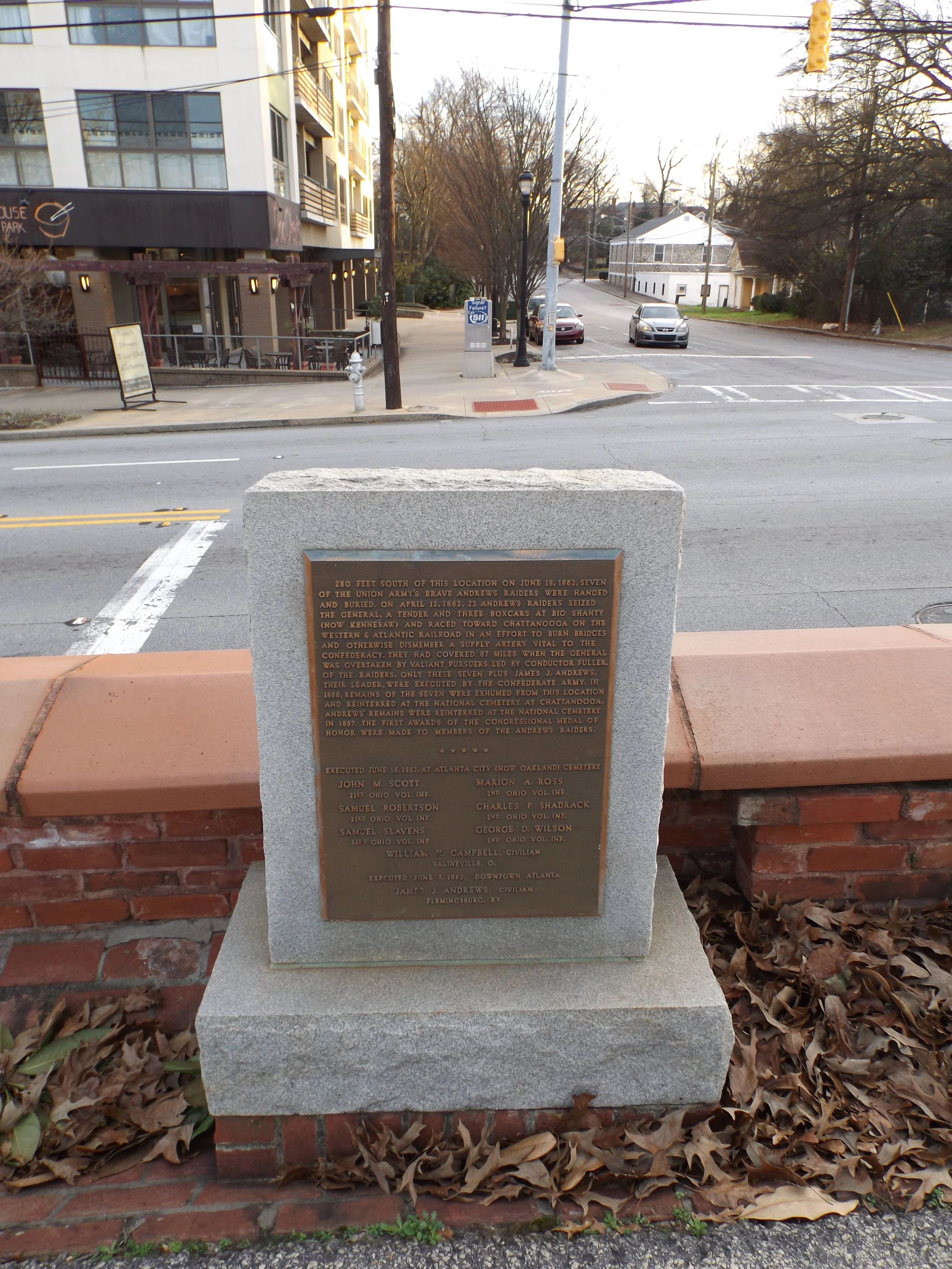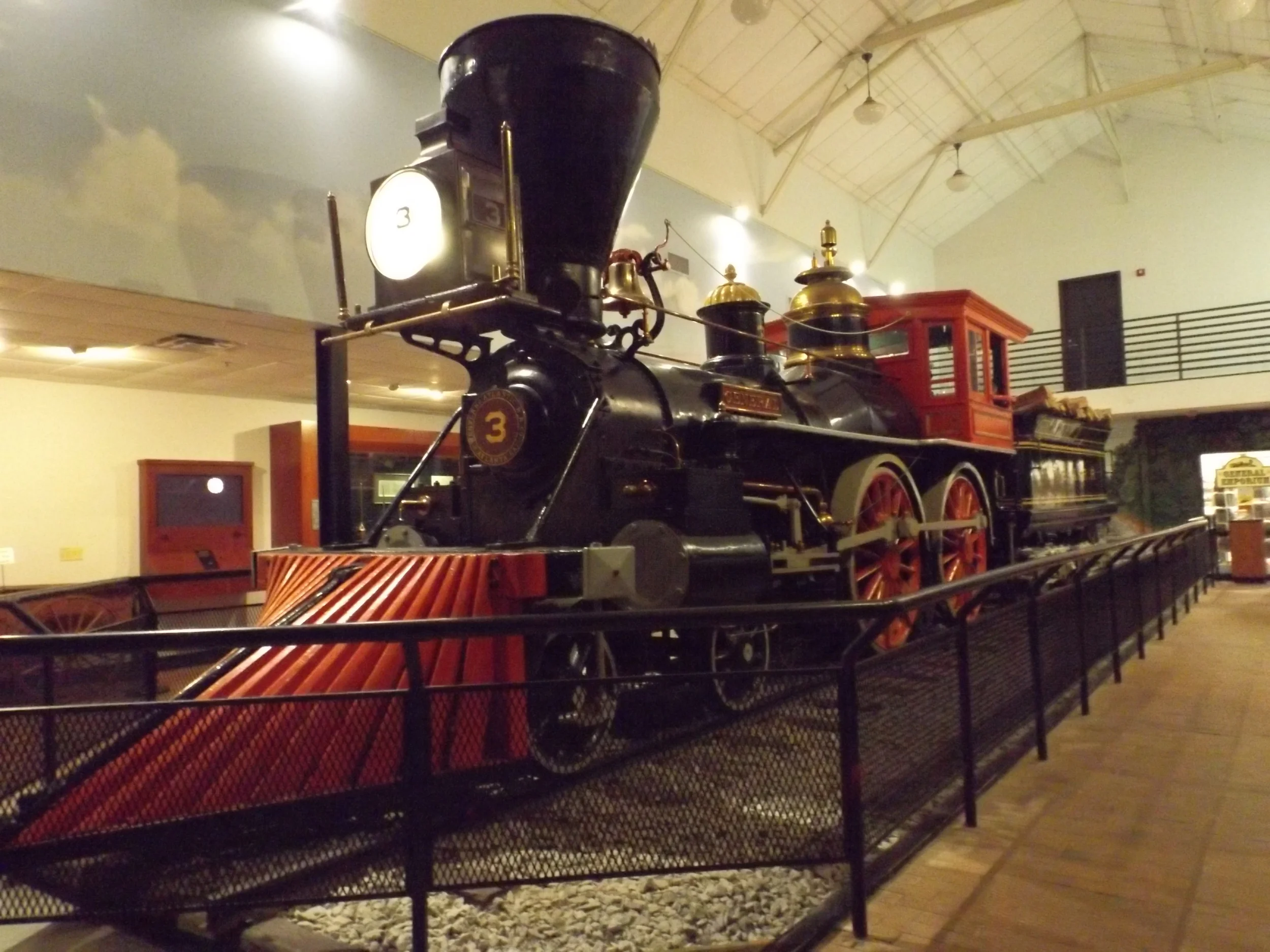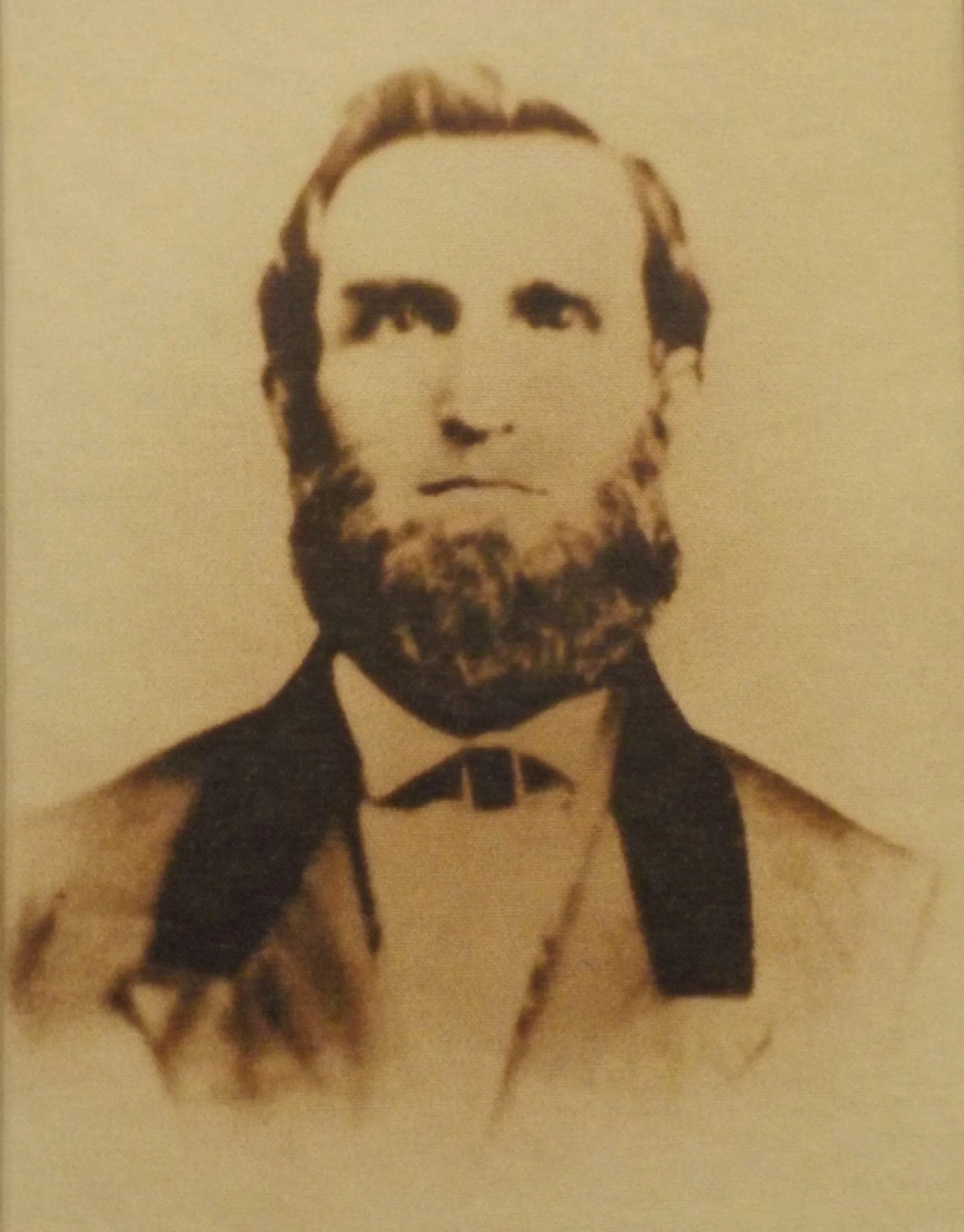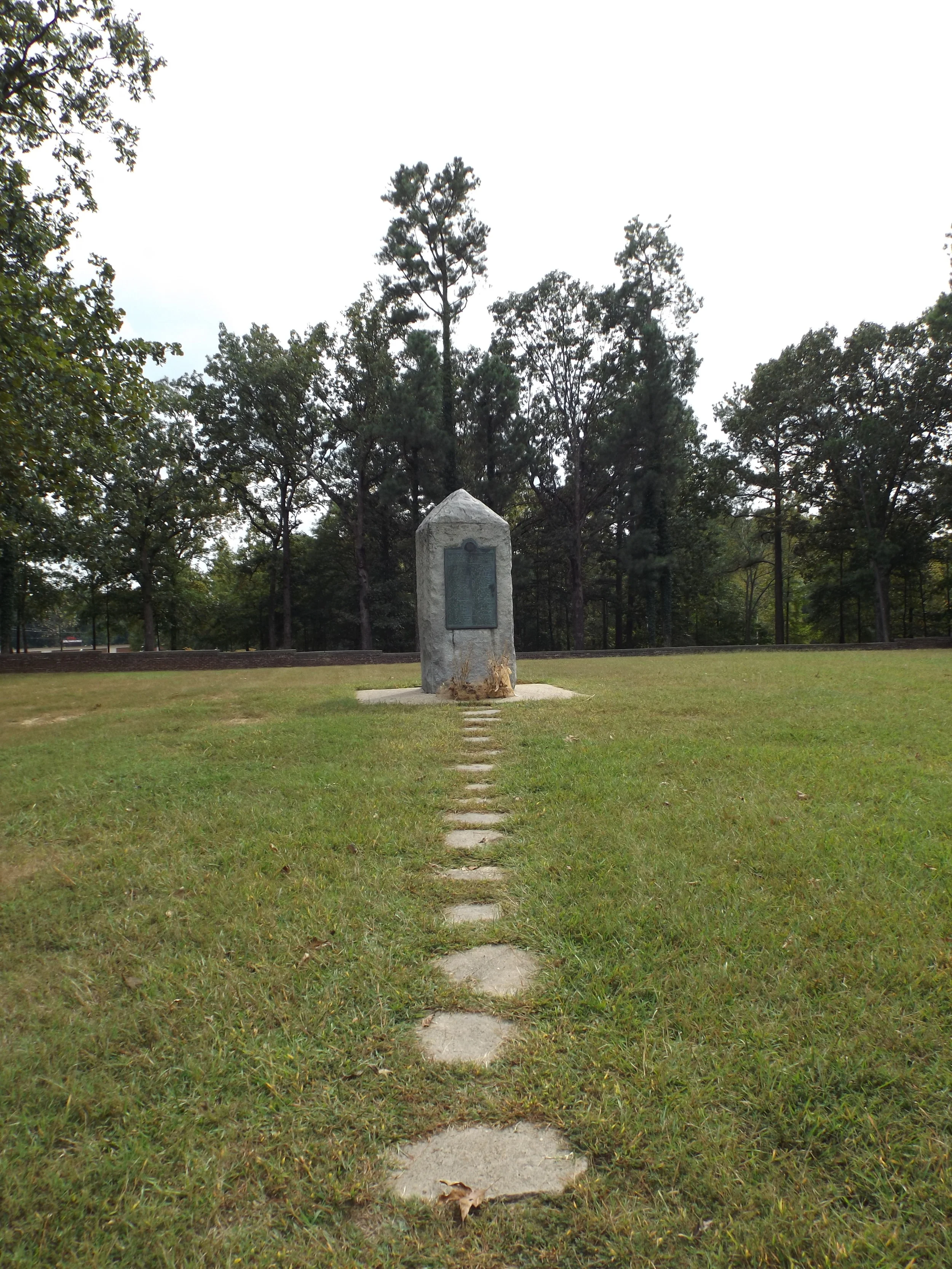War Front and Home Front, Father and Son: A Family’s Contribution to the Civil War (Part I)
/Surrounded by the capitol city that has grown up around it, Ten Broeck Mansion was built in 1797-8 outside Albany, NY and remained a private home until it was presented to the Albany County Historical Association in 1948. Although its early history remains a strong focus—to this day it retains the name of its builder and first owner, General Abraham Ten Broeck—the mansion witnessed another upheaval of American History, the Civil War. At the time, the family of Thomas Worth Olcott owned and resided in the house. He and his son, Dudley, both offered their service to the cause of the United States, although in entirely different ways.
Read More
















